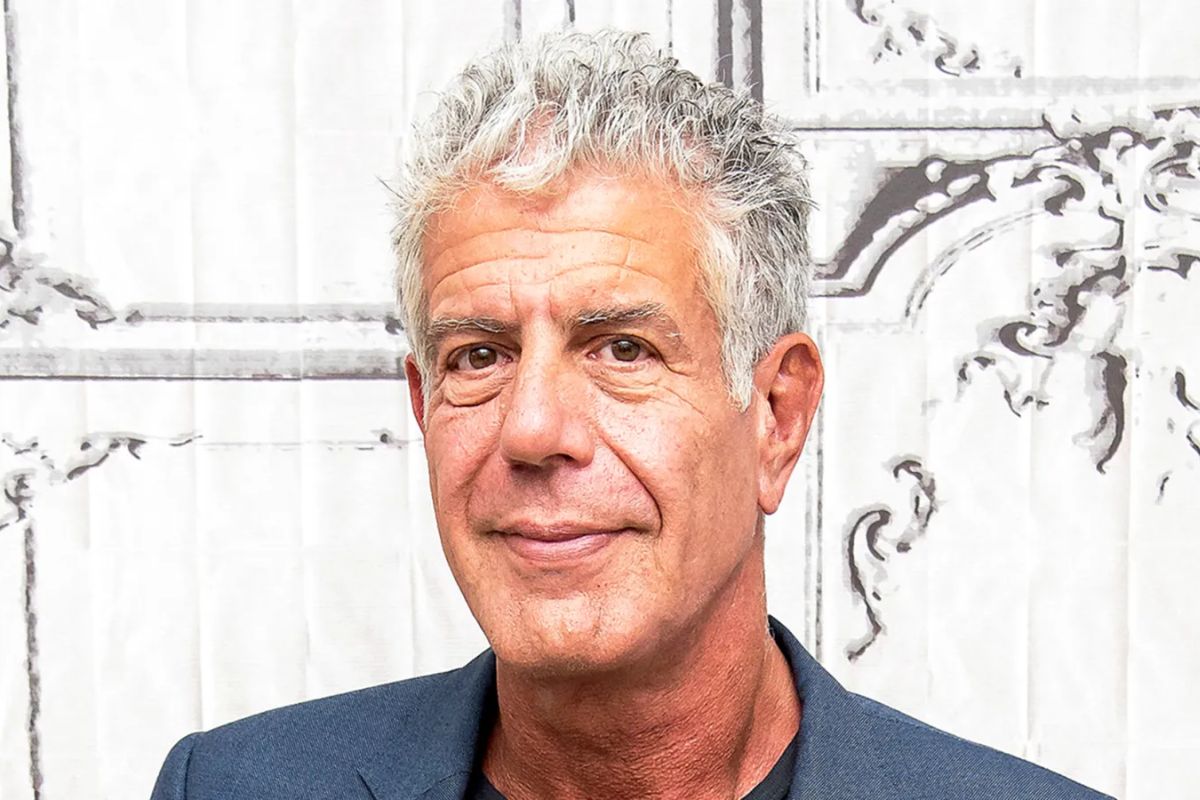[web_stories title="false" excerpt="false" author="false" date="false" archive_link="true" archive_link_label="" circle_size="150" sharp_corners="false" image_alignment="left" number_of_columns="1" number_of_stories="5" order="DESC" orderby="post_title" view="circles" /]
The Questions We’re Asking About Suicide Are All Incorrect Because of Anthony Bourdain’s Death
Many people are discussing Anthony Bourdain’s suicide in June 2018 because of a new unauthorized biography. As is typically the case with persons who commit suicide, much of the conversation revolves around queries like: How did they do it? Who was the most recent person they spoke with? What was distinctive about that particular day? What was the triggering event? We want to know why, and we sometimes search for someone to blame.
Even Albert Camus succumbs to this style of thinking in his article “The Myth of Sisyphus,” stating, “What sets off the crisis is nearly always unverifiable.” Newspapers frequently refer to ‘personal sorrows’ or ‘incurable disease.’ These are probable explanations. But one would have to know if the desperate man’s friend had not greeted him indifferently the day before. He is the one who is to blame.”
However, this style of thinking diminishes the tragedy and efforts of anybody who has died or tried suicide. Suicide is a process for the majority of individuals. That process might begin at a very young age. David M. Perry, a writer, discusses his own suicide inclinations beginning at the age of nine. As a youngster, one of my former students committed suicide by riding his tricycle through a window. One of my first recollections is of wanting to kill myself.
Suicidal thoughts can be a recurring occurrence in a person’s life. Honor Eastly, an Australian podcaster, says she thinks about suicide every day, sometimes hundreds of times. Margo Jefferson and Donald Antrim, both writers, discuss what Jefferson refers to as suicide exercises.
For Jefferson, this meant sticking her head in an oven for longer and longer lengths of time; for Antrim, it meant setting out tarps on his apartment floor and lying down with a knife to cut his wrists or throat. These are not unusual experiences for many suicidal persons; they are common. Anna Borges recently wrote about “passive suicide ideation”: not actively planning to kill herself, but continually thinking about it, sometimes all day.
Some of these people, like Jefferson, never try; others, like Antrim, try once, survive, and hopefully never try again. Others, like myself, make several tries, maybe knowing that with each try, one’s chances of dying by suicide grow considerably.
There are individuals, such as David Foster Wallace, who attempt numerous times while also writing about and combating the desire for death, and who ultimately die by their own hand. And then there are those like Bourdain, who, as far as we know, only make one try and succeed. However, regardless of where one falls in terms of how one tries or considers suicide, there are nearly always warning indicators – freak-outs, crises, and huge and subtle screams for assistance. Suicide is seldom an impulsive act that occurs in a matter of hours or days.
Suicide is also not unavoidable, no matter how frequently a person considers it. Most suicide fatalities are avoidable and preventable with good treatment, which does not have to come from a skilled expert. Dr. John Draper, project director of the National Suicide Prevention Lifeline network and one of the country’s foremost specialists on suicide, told me that the most essential thing to know about assisting suicidal people is that “everyone can do it.”
“Explain that you are worried, that you care, and that you want to discuss it.” Then, whatever they say, simply listen, ponder, and be interested. Make no snap decisions. You could tell them that they can get through this.” If you or someone you know is having suicidal thoughts, get professional help by dialing 9-8-8. The first countrywide three-digit mental health crisis hotline in the United States, 988, will link callers with certified mental health counselors. In the United States and Canada, text “HOME” to 741741 to contact the Crisis Text Line.
We know that suicide rates rise after renowned persons commit suicide. However, we believe that talking about suicide is the most effective medication for suicidal persons. For every suicide death, around 280 people are now contemplating it.
Humans are perplexing, contradictory animals, rife with irrationality and cognitive and emotional contradiction. We are permitted to be both grateful for life and yearning to flee it. Bourdain’s final unknown element was just this: it’s OK to feel suicidal. It’s nothing to be embarrassed about.
Discuss it with someone. Talk to a handful of your pals. They’ll make you remember what we wished we could have spoken to Anthony Bourdain that night. “Just for a day, stick around.” We adore you. Things may look a lot better in the morning.” Clancy Martin is a writer and philosophy professor at the University of Missouri, Kansas City, and Ashoka University, New Delhi. “How Not to Kill Yourself: A Portrait of the Suicidal Mind” is his next book.
Please visit our website unitedfact.com.


